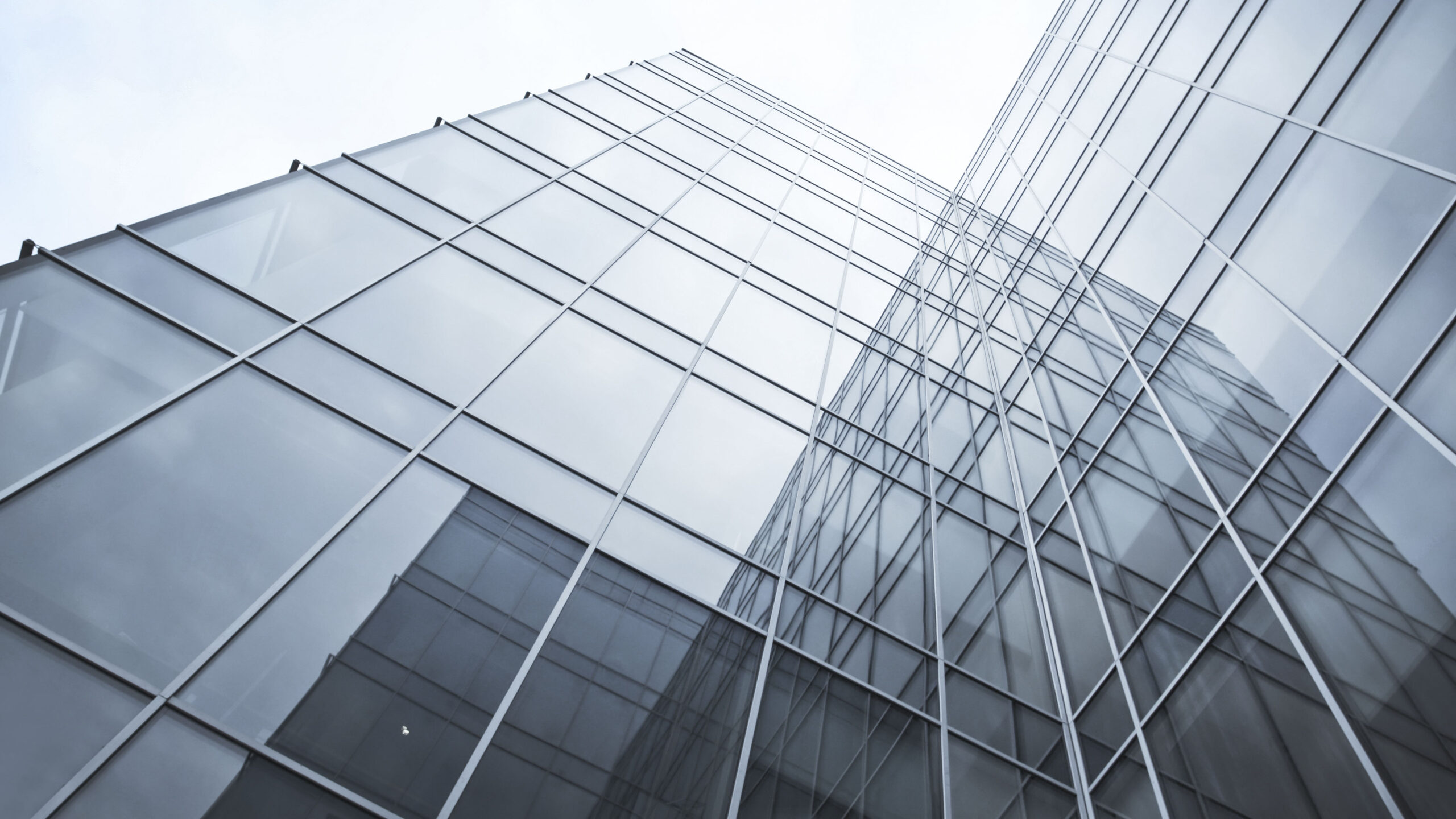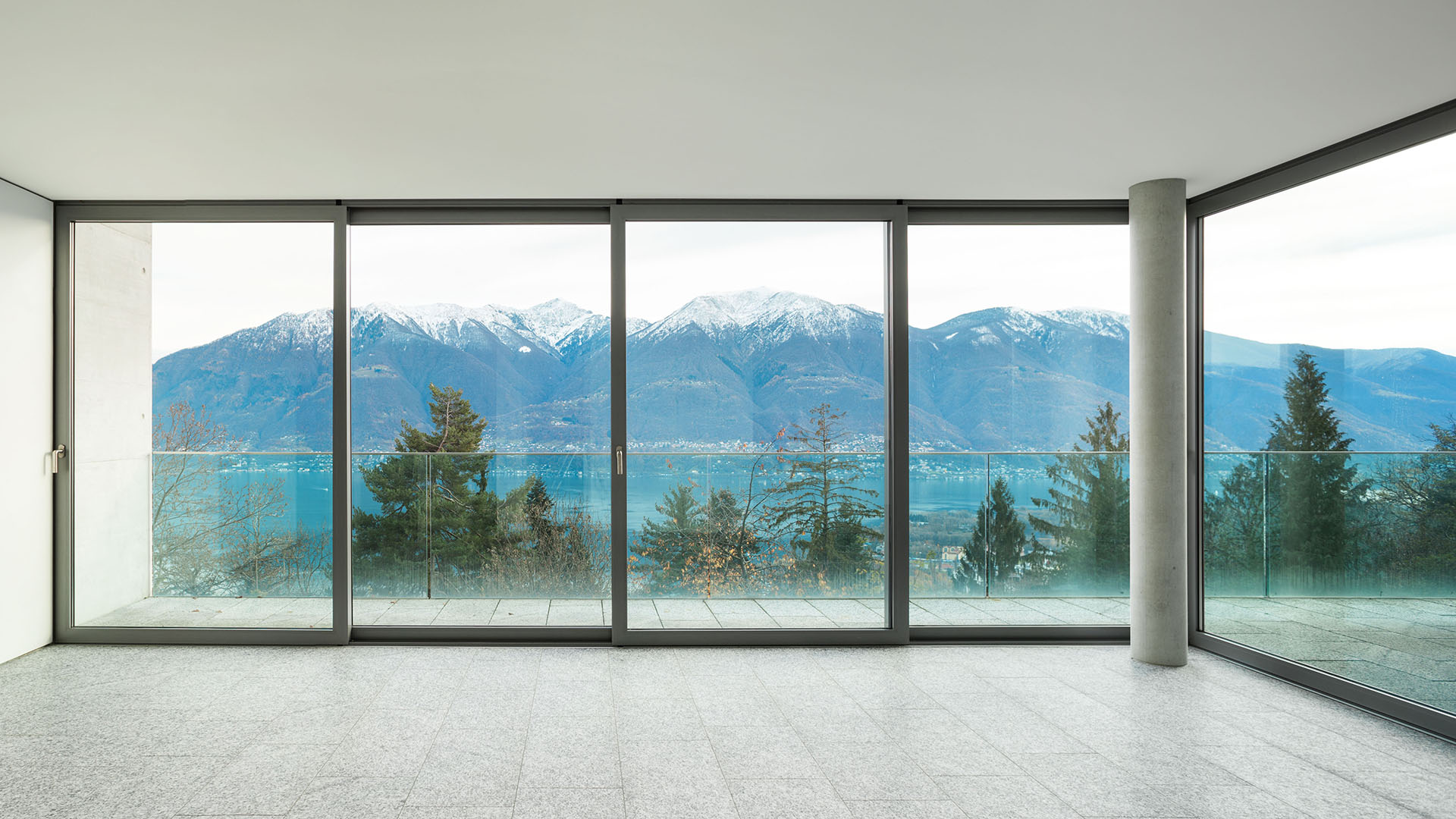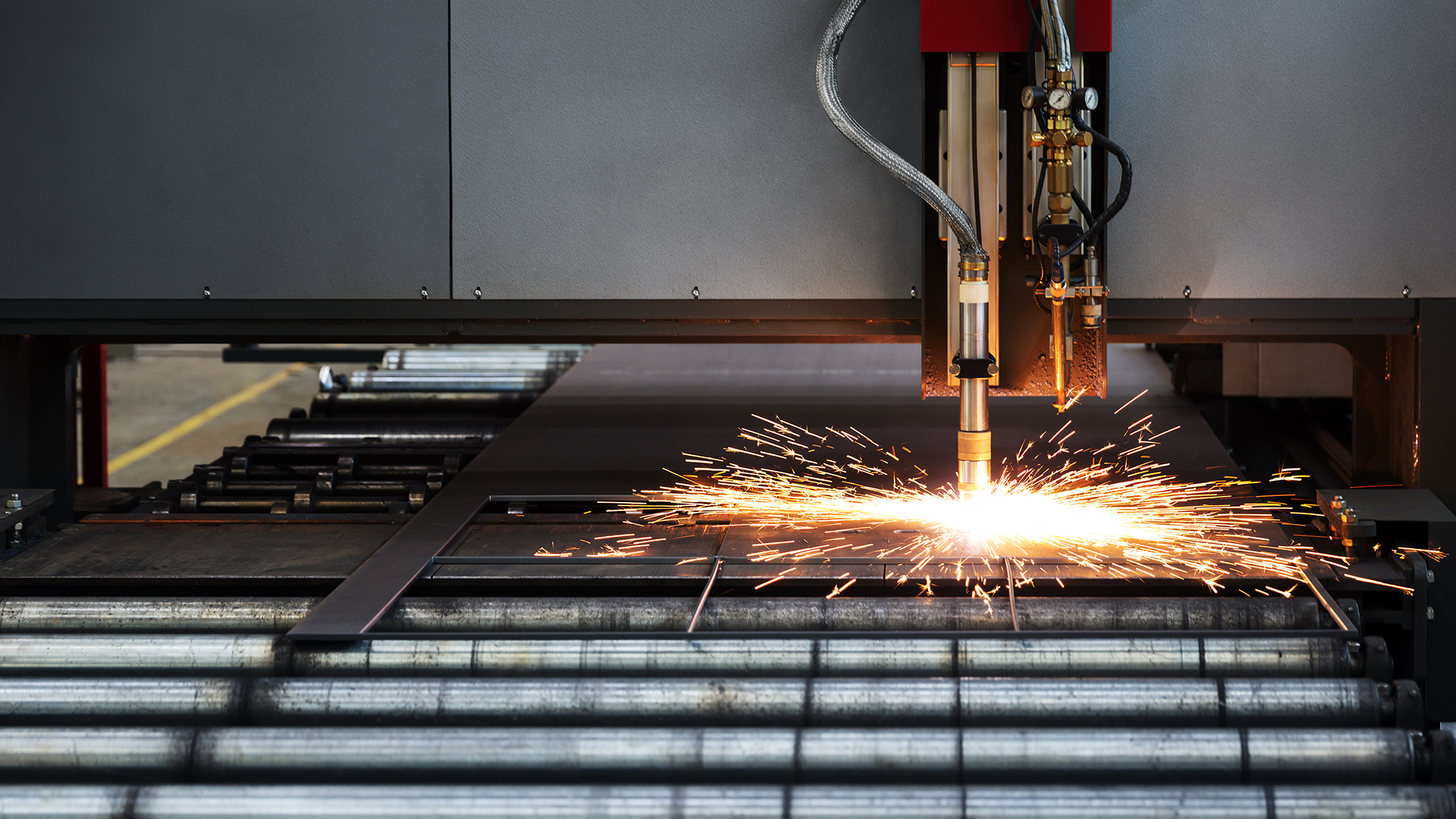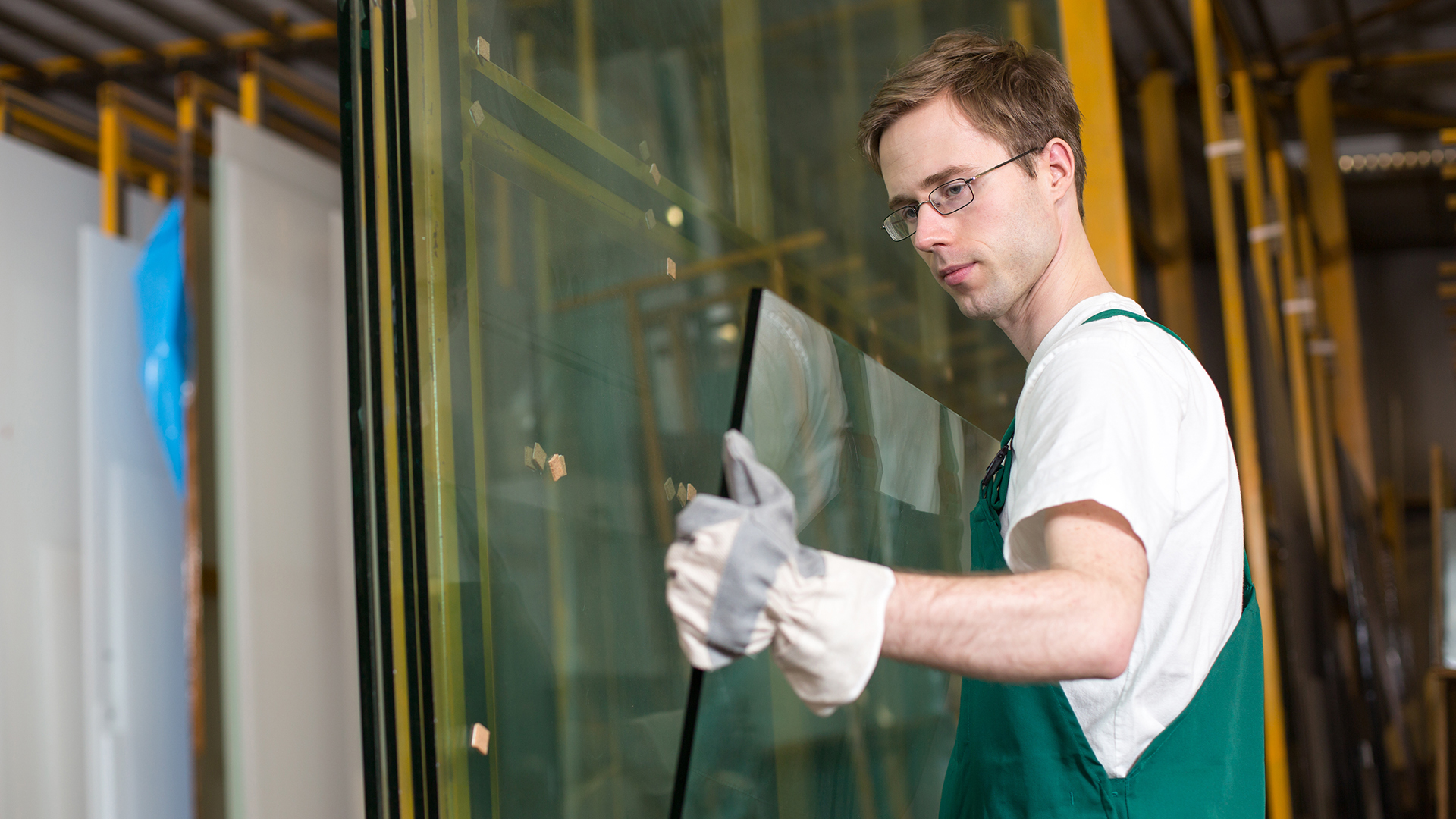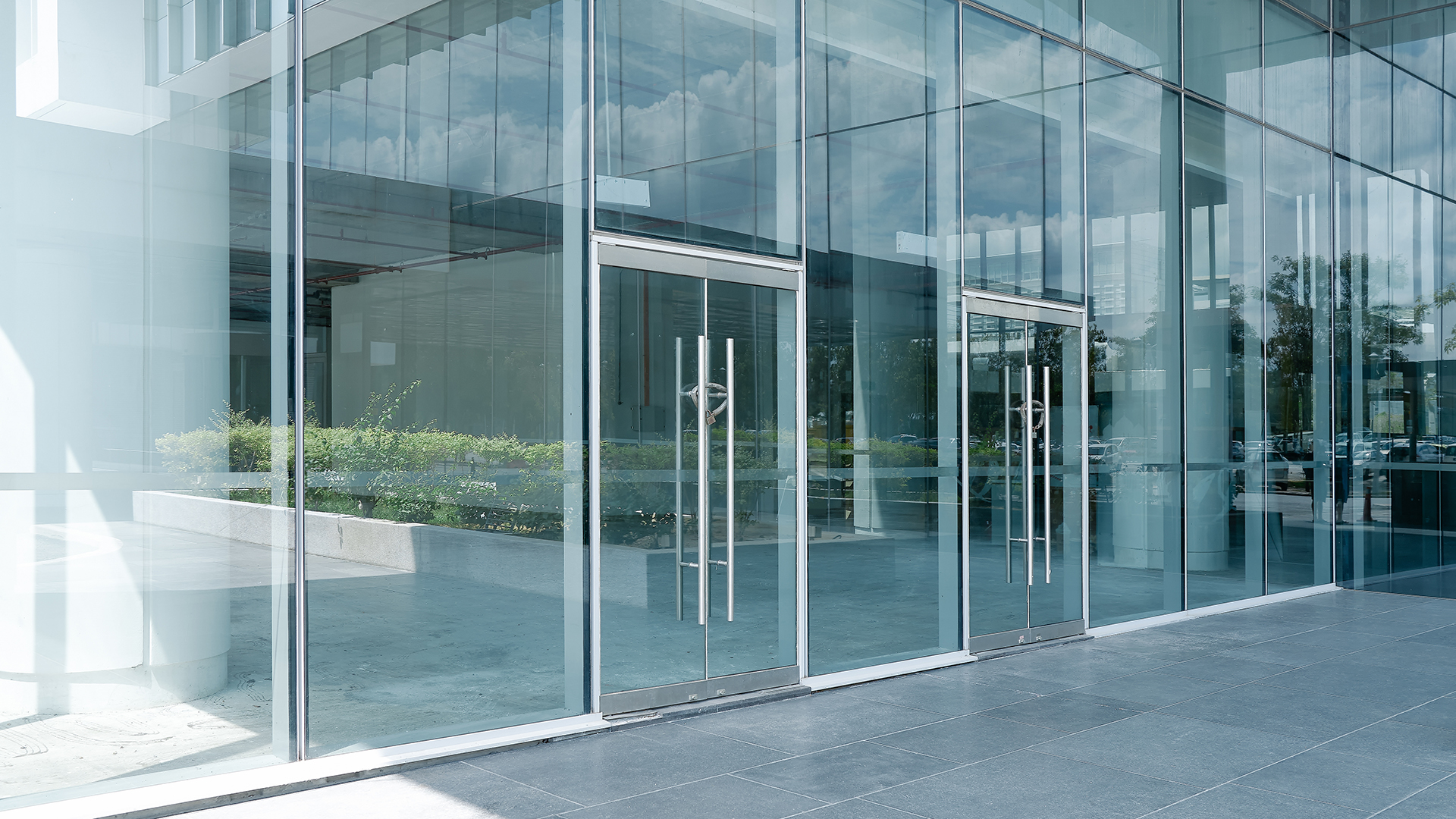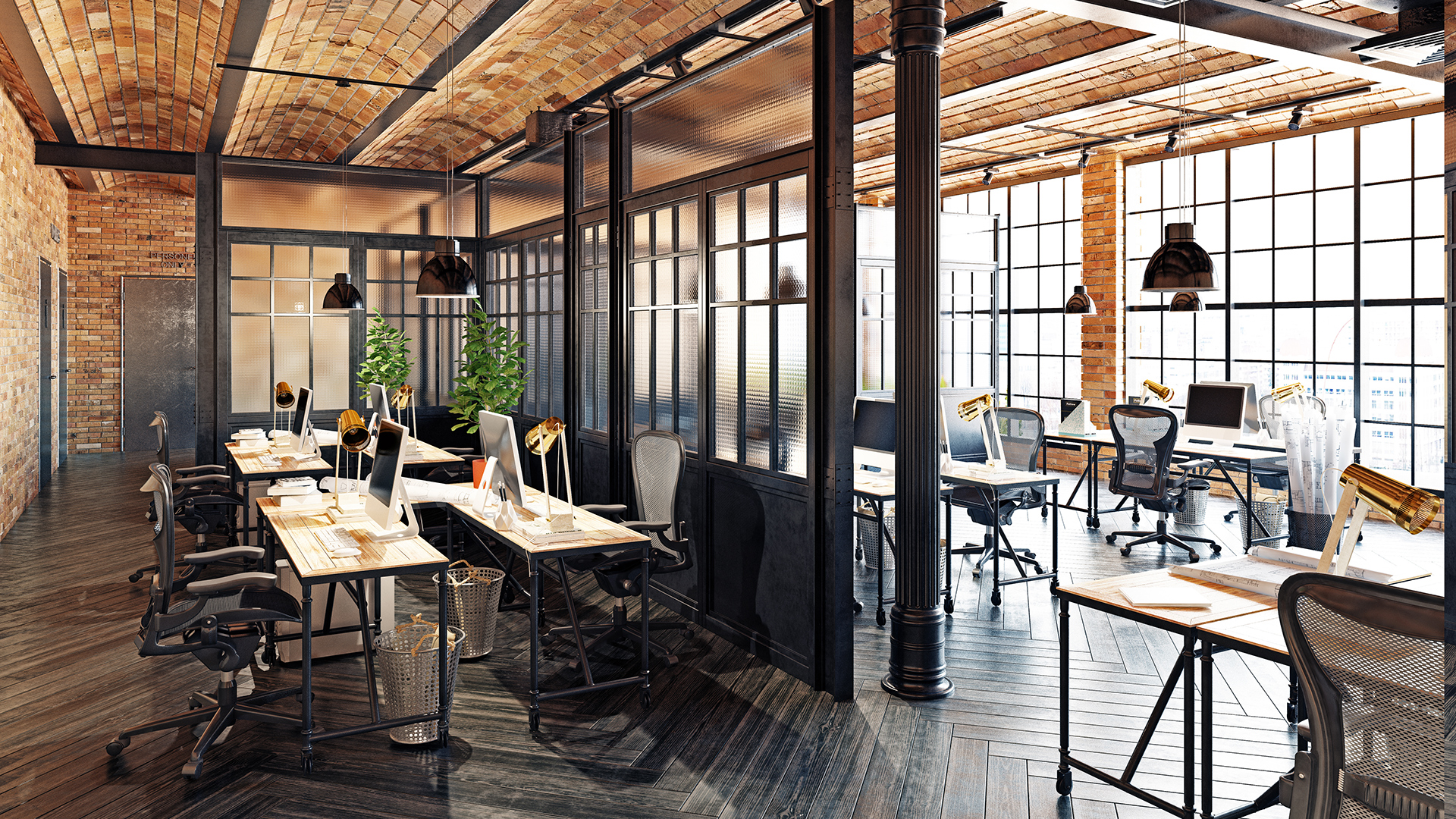Commercial glass and metal materials are becoming increasingly popular due to their versatility, durability, and aesthetic value. Several factors need to be considered when selecting these materials for a commercial application. These include the materials’ purpose, the building’s desired look, energy efficiency requirements, and budget and timeline restrictions.
Customization options for glass and metal allow unique branding opportunities that reflect a company’s values and identity. Furthermore, businesses should consider the environmental impact of their material choices, such as energy efficiency, recyclability, toxicity levels, and cost-effectiveness. With these factors in mind, businesses can select the right glass and metal materials to create aesthetically pleasing designs that promote positive brand recognition. All while still being mindful of their environmental impact.
Design Styles and Branding Opportunities for Commercial Glass and Metal
Several factors need to be considered when determining what type of glass and metal to use for a business’s design. The first step is establishing the purpose of the materials, such as whether they are intended for structural support or decoration. Once this has been determined, the next step involves deciding which material best fits those needs.
For example, wrought iron can provide aesthetic appeal while being durable for outdoor applications. On the other hand, aluminum may offer increased corrosion resistance in humid environments. Additionally, selecting an appropriate finish can help create unique branding opportunities that reflect a company’s values and identity. For example, anodizing aluminum provides a matte look that can help produce sleek designs with minimal maintenance requirements. Choosing quality materials that suit functional and stylistic needs is essential to creating aesthetically pleasing layouts that promote positive brand recognition.
Customization Options for Architectural Features
When selecting architectural features such as glass and metal, it is essential to consider the desired look of the building. Many options are available for customizing these features. Glass can be an excellent choice for a modern or contemporary design. Materials such as laminated glass offer additional security benefits and aesthetic appeal. Alternatively, aluminum or steel may be used for more traditional-style buildings that require greater strength and durability. Various finishes can also be applied to metals and glass products depending on the sought-after appearance.
The type of material chosen will depend upon its purpose within the building’s overall structure. For example, toughened safety glass should be selected when increased strength is needed to protect occupants from injury while allowing natural light into the area. Similarly, fire-rated glazing systems provide passive fire protection by slowing the spread of flames and smoke through walls and doorways. Thus, researching various materials before making selection decisions offers numerous advantages towards ensuring a successful result.
Trends In Commercial Glass and Metal Usage and Environmental Impact
Usage
Increasingly, businesses are using glass and metal for various applications. This is because they offer versatility, durability, and aesthetic value to any project. Additionally, both materials can be recycled and reused in multiple ways. As such, it is essential to consider their environmental impact when choosing either one or the other. Metals have long been used in construction projects due to their strength and longevity. However, there has recently been an increase in metal use for decorative purposes due to its sleek look and ability to reflect light. It also offers more flexibility than glass since it can easily be shaped into different forms. Furthermore, some types of metals contain fewer toxins than most glasses, making them better for the environment.
Impact
When selecting glass for a business application, it is essential to consider several factors, including energy efficiency, recyclability, toxicity levels, and cost-effectiveness. The type of glass chosen should provide adequate insulation and minimize heat transfer while allowing natural light through simultaneously. Moreover, certain types of glass may need special coatings or treatments that could affect its overall performance over time, so this, too, must be considered when selecting.
Similarly, when deciding on what type of metal to use, it is essential to consider how safe it will be during fabrication and installation processes and throughout its life cycle. In addition, many types of metals require extra treatments to protect against corrosion or prevent oxidation; these costs must also be considered when budgeting for the project. Finally, recycling options exist for both materials, which help reduce waste sent out into landfills, thus further reducing their environmental footprint even more effectively.
Glass and metal usage has increased significantly over recent years due to their various properties, allowing them both practicality and beauty within commercial settings. Business owners looking to select either one should pay close attention to environmental considerations such as energy efficiency, recyclability, toxin levels, and cost-effectiveness. Appropriate insulation values and low thermal transmittance rates are crucial for glass selections. At the same time, metal choices necessitate evaluating safety requirements during production, installation, and eventual disposal stages. Recycling possibilities exist for each material enabling companies to minimize landfill output while enjoying stylish display pieces.
Energy Efficiency Requirements
When choosing the right type of glass and metal for a business, it is essential to consider energy efficiency requirements. The primary considerations are thermal insulation performance (R-value) and solar heat gain coefficient (SHGC).
Thermal Insulation Performance
This measurement reflects how well the material can retain warmth in cold climates or maintain coolness in hot ones. A higher R-value indicates better insulation performance, while a lower R-value means fewer insulation capabilities.
Solar Heat Gain Coefficient
This rating measures how much heat from sunlight passes through window materials. High SHGC ratings show that more heat will pass through. Conversely, low SHGC ratings indicate less heat will be transferred indoors.
Glazing Options
For businesses looking for improved energy efficiency, using multiple layers of glazing can help reduce conductive losses. This is done by trapping air between panes of glass and creating an insulating barrier against outside temperatures and weather conditions.
In addition to these considerations, other factors, such as the appearance and type of frame, should also be considered when selecting windows for commercial applications. Choosing materials that provide good visibility with minimal glare while meeting all necessary safety codes and regulations is essential. Furthermore, aesthetics play a crucial role in modern architectural designs. Thus, choosing materials that match style preferences and functional needs is critical.
Budget And Timeline Restrictions on Commercial Glass and Metal
Having determined the energy efficiency requirements for a business, it is important to consider budget and timeline restrictions when choosing glass and metal materials. These elements are essential to any building design, as they provide structural integrity and aesthetic appeal. This section provides an overview of critical factors that must be considered during selection to help decide what material will work best for a project within budgetary and timeline constraints.
Ultimately, budget and timeline limitations should not compromise quality or safety when selecting glass and metal materials for a construction project. It is essential to research thoroughly before deciding which products would suit the needs of the business. While ensuring these items remain within budget and meet all necessary completion deadlines.
Now is the time to choose quality materials from Certified Metal & Glass in New York! Get the perfect balance of function and style with recycled glass and metal materials that are aesthetically pleasing and environmentally friendly. Only settle for the best – trust Certified Metal & Glass to deliver results that meet your functional, aesthetic, and sustainability goals.
Make the right choice today: choose Certified Metal & Glass!


